Pneumatic piezometers are used to measure pore water pressure in saturated soils.
Applications include
- Monitoring pore pressures to determine safe rates of fill or excavation.
- Monitoring pore water pressures to determine slope stability.
- Monitoring the effects of dewatering systems used for excavations.
- Monitoring the effects of ground improvement systems such as vertical drains and sand drains.
- Monitoring pore water pressures to check the performance of earth fill dams and embankments.
- Monitoring pore water pressures to check containment systems at land fills and tailings dams.
Advantages
Slope Indicator’s pneumatic piezometers employ a simple and reliable transducer that is inherently free from drift.
Long term performance is enhanced by corrosion-resistant plastic construction, polyethylene tubing, and in-line filters in all connectors.
Twin-tube design is compatible with both “flow” and “no-flow” reading techniques.
Operating Principle
In a typical installation, the piezometer is sealed in a borehole, embedded in fill, or suspended in a standpipe. Twin pneumatic tubes run
from the piezometer to a terminal at the surface. Readings are obtained with a pneumatic indicator.
The piezometer contains a flexible diaphragm. Water pressure acts on one side of the diaphragm and gas pressure acts on the other.
When a reading is required, a pneumatic indicator is connected to the terminal or directly to the tubing. Compressed nitrogen gas from the indicator flows down the input tube to increase gas pressure on the diaphragm. When gas pressure exceeds water pressure, the diaphragm is forced away from the vent tube, allowing excess gas to escape via the vent tube.
When the return flow of gas is detected at the surface, the gas supply is shut off. Gas pressure in the piezometer decreases until water pressure forces the diaphragm to its original position, preventing further escape of gas through the vent tube.
At this point, gas pressure equals water pressure, and a reading can be obtained from the pressure gauge on the indicator.
| CAT. NO. | Description |
| SI51417800 | Pneumatic Piezometer |
| SI51416900 | Twin Tubing |
| SI51407302 | Quick Connector |
| SI51417801 | Piezometer with 15m • 50' tubing |
| SI51417802 | Piezometer with 30m • 100' tubing |
| SI51417803 | Piezometer with 45m • 150' tubing |
| SI51417804 | Piezometer with 60m • 200' tubing |
| PNEUMATIC PIEZOMETER | |
|---|---|
| Sensor Type | Twin-tube pneumatic transducer |
| Range | Pressure rated for 27.5 bar or 400 psi. Working range depends on gauge supplied with pneumatic indicator. Digital gauge provides range to 690 kPa / 100 psi. Analog gauges provide ranges to 1000 kPa / 150 psi |
| Repeatability | ±0.25% FS |
| Diaphragm Displacement | 0.01 ml typical |
| Filter | Sintered stainless steel, 50 micron pores |
| Materials | ABS and PVC plastic body, synthetic rubber diaphragm |
| Diameter | 25.4 mm (1") |
| PIEZOMETER ONLY | ||
|---|---|---|
| Pneumatic Piezometer | 51417800 | Part number includes piezometer and one quick connect plug. Tubing is attached to piezometer at factory and must be ordered at same time as piezometer |
| PIEZOMETER WITH TUBING | |
|---|---|
| Piezometer & 50’ of tubing | 51417801 |
| Piezometer & 100’ of tubing | 51417802 |
| Piezometer & 150’ of tubing | 51417803 |
| Piezometer & 200’ of tubing. | 51417804 |
| TUBING & CONNECTORS | ||
|---|---|---|
| Twin Tubing | 51416900 | Two polyethylene tubes bundled in polyethylene jacket |
| Tubing Size | 4.76 mm with 1 mm wall (3/16"with 0.04" wall) | |
- Sensor Type: Twin-tube pneumatic transducer.
- Range: Pressure rated for 27.5 bar or 400 psi. Working range depends on gauge supplied with pneumatic indicator. Digital gauge provides range to 690 kPa / 100 psi. Analog gauges provide ranges to 1000 kPa / 150 psi.
- Repeatability: ±0.25% FS.
- Diaphragm Displacement: 0.01 ml typical.
- Filter: Sintered stainless steel, 50 micron pores.
- Materials: ABS and PVC plastic body, synthetic rubber diaphragm.
- Diameter: 25.4 mm (1").

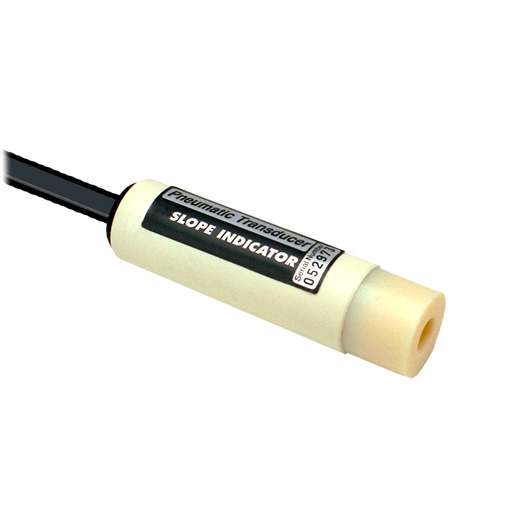
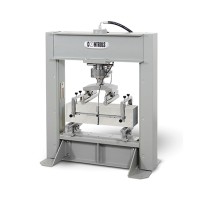
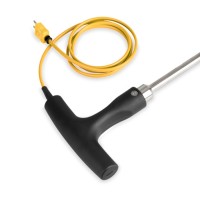
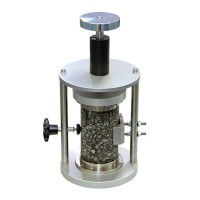

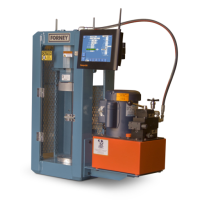
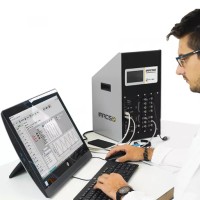
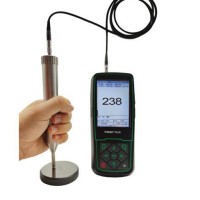
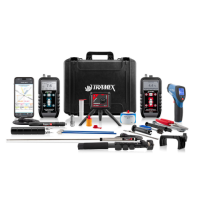
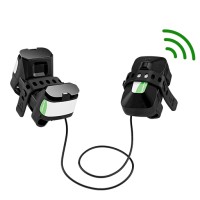
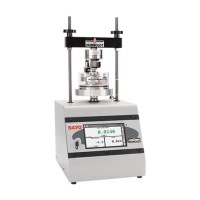

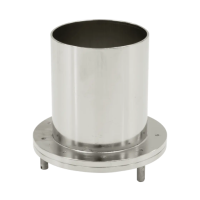
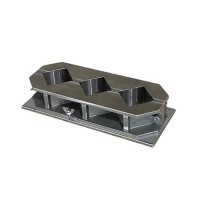
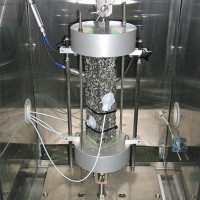
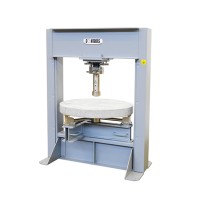
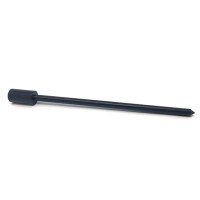

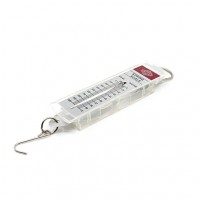
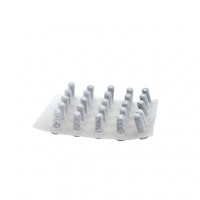

Can we help you?
min 10 ch